Common Name(s): American beech
Scientific Name: Fagus grandifolia
Distribution: Eastern United States
Tree Size: 100-130 ft (30-40 m) tall,
3-5 ft (1-1.5 m) trunk diameter
Average Dried Weight: 45.0 lbs/ft3 (720 kg/m3)
Specific Gravity (Basic, 12% MC): 0.54, 0.72
Janka Hardness: 1,300 lbf (5,780 N)
Modulus of Rupture: 14,900 lbf/in2 (102.8 MPa)
Elastic Modulus: 1,720,000 lbf/in2 (11.86 GPa)
Crushing Strength: 7,410 lbf/in2 (51.1 MPa)
Shrinkage: Radial: 5.5%, Tangential: 11.9%,
Volumetric: 17.2%, T/R Ratio: 2.2
Color/Appearance: Beech is typically a pale cream color, sometimes with a pink or brown hue. Veneer tends to be slightly darker colored, as slicing the veneer usually requires the wood to be prepared with steam, which gives the wood a more golden tone. (See scan below.) Flatsawn surfaces tend to be very plain, while quartersawn surfaces exhibit a silvery fleck pattern.
Grain/Texture: Grain is straight, with a fine to medium uniform texture. Moderate natural luster.
Rot Resistance: Beech is considered non-durable or perishable; it is also susceptible to insect attack.
Workability: Overall good workability; it machines well, and glues, finishes, and turns well. Beech also responds superbly to steam-bending. It does, however, have a large amount of movement in service, so movement and wood stability must be taken into account.
Odor: No characteristic odor.
Allergies/Toxicity: Although there is no confirmed safety data on American beech, the closely related European beech (Fagus sylvatica) has been reported as a sensitizer. Usually most common reactions from this related species include eye, skin, and respiratory irritation. See the articles Wood Allergies and Toxicity and Wood Dust Safety for more information.
Pricing/Availability: Within its domestic range, beech is readily available and affordable. With its high density and hardness, it may be a cheaper alternative to hard maple (Acer saccharum) in some applications.
Sustainability: This wood species is not listed in the CITES Appendices, and reported by the IUCN as a species of least concern.
Common Uses: Lumber, veneer, flooring, crates/pallets, railroad ties, musical instruments, furniture, turned objects, and other small wooden objects.
Comments: American beech is sometimes underrated and under-appreciated: which may be due to its somewhat bland appearance. Yet considering its decent strength and hardness—and its comparatively low cost—beech represents an excellent value for woodworkers.
Images: Drag the slider up/down to toggle between raw and finished wood. The first sample shows a quartersawn piece with ray flecks, while the second sample shows a more typical piece with flatsawn figure.
Identification: See the article on Hardwood Anatomy for definitions of endgrain features.
Porosity: diffuse porous, though sometimes closer to semi-ring-porous with visible growth ring boundaries with decreased pore frequency and size in latewood
Arrangement: solitary and radial multiples
Vessels: small to medium, numerous
Parenchyma: not visible (even with 10x lens)
Rays: medium to very wide; normal spacing; noded
Lookalikes/Substitutes: Because of its very wide rays that produce ray fleck patterns, beech can sometimes be confused with other woods with large rays, such as maple (Acer spp.) and sycamore/plane (Platanus spp.). Without reference material and/or experience with wood from each genus, it can be difficult to tell the three apart. Platanus species have consistently wide rays that are apparent even on flatsawn surfaces, while rays of Acer appear very small and numerous on the flatsawn surface, while Fagus is in the middle ground with both large and small rays with less consistency.
Notes: The European counterpart, Fagus sylvatica, is more or less indistinguishable from the North American F. grandifolia.
Related Content:

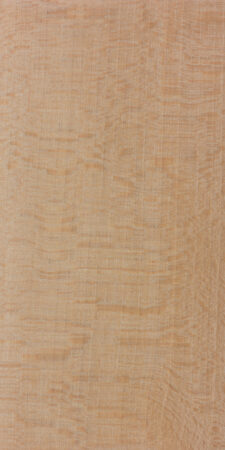
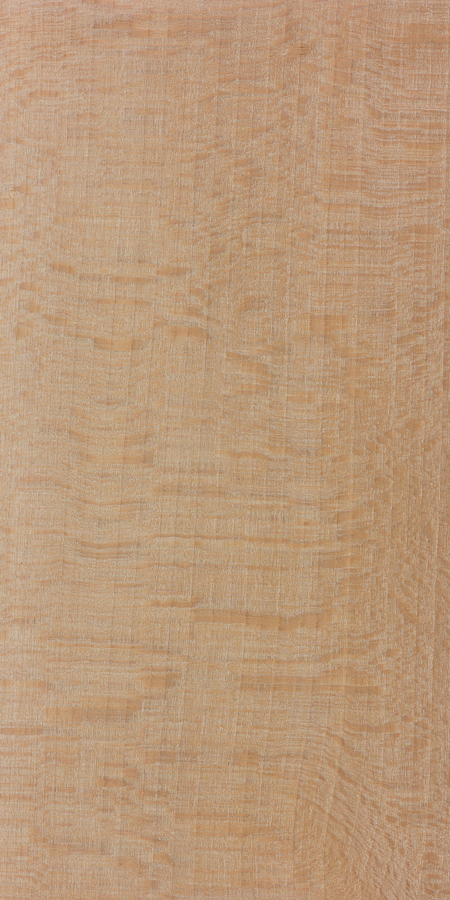
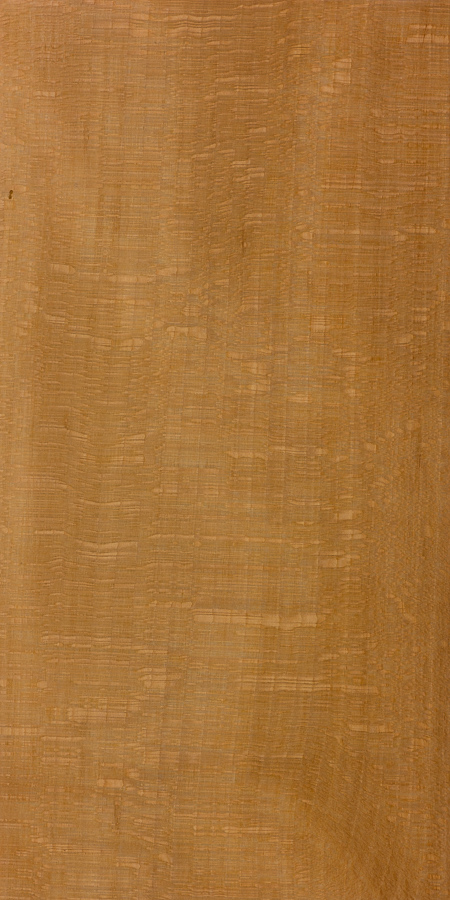
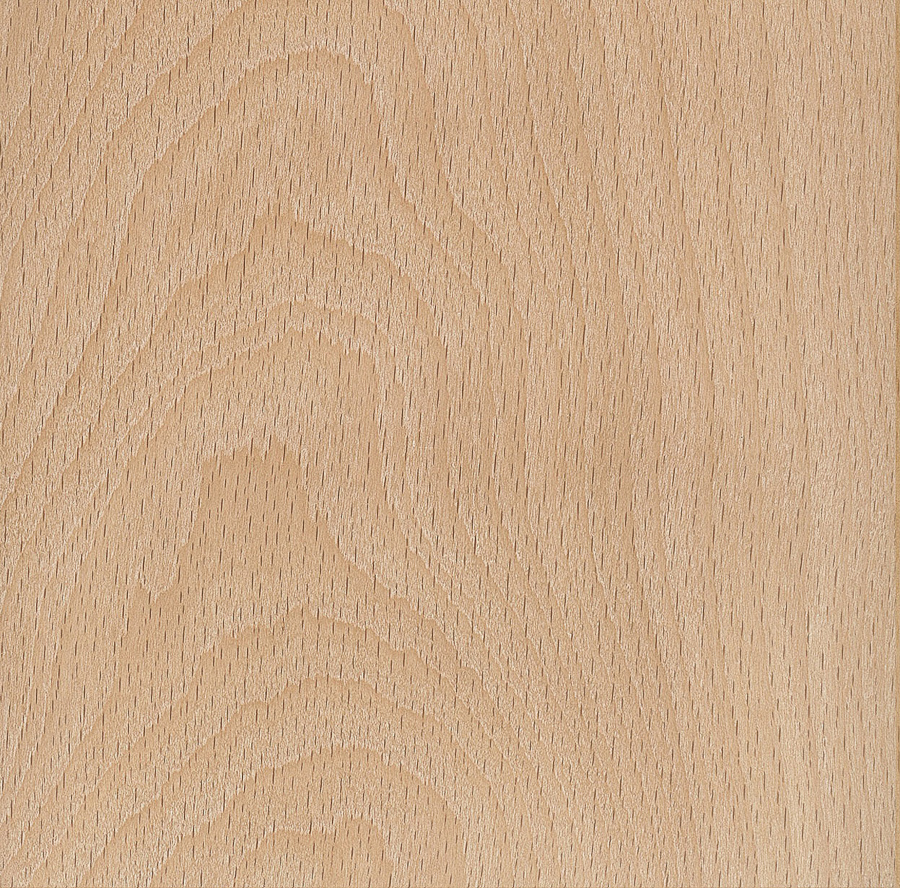
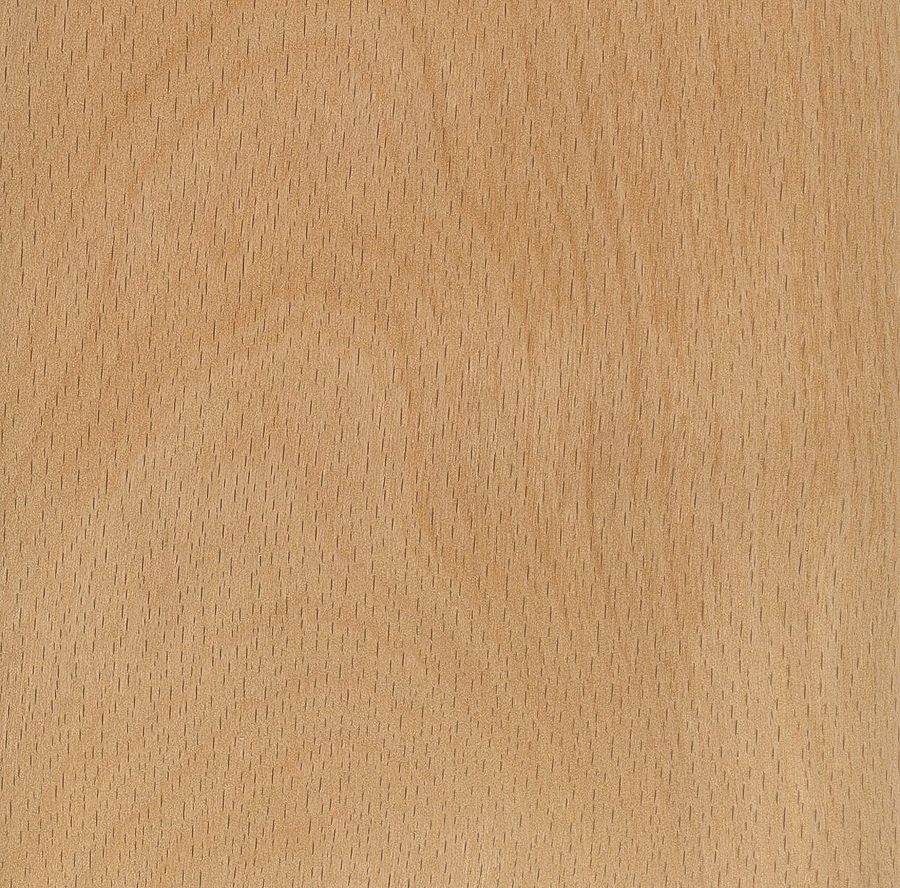
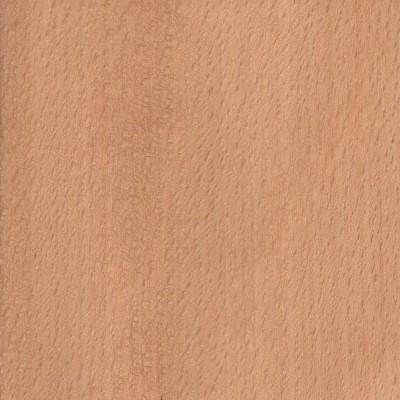
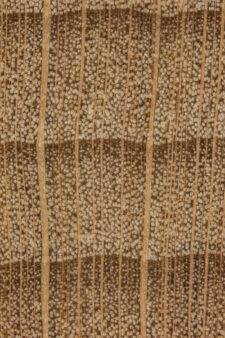

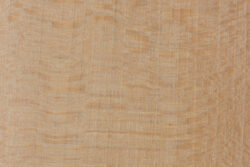
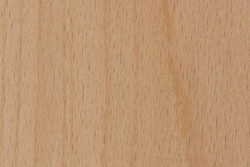
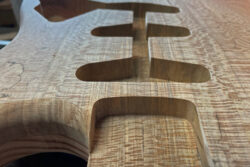
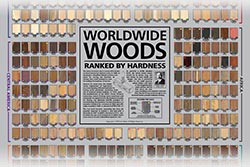
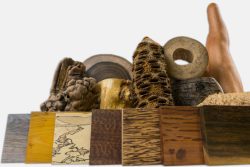
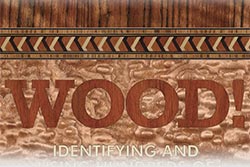



In sweden we use beech to smoke meat and fish This is a perfekt wood to use in kombination with food . Beech will not alter any taste and it wont bleed any colour in it, here in sweden all icecream sticks is made of beech
I know I that European beech is one of the woods traditionally used for handles for woodcarving gouges and other chisels, I was wondering if American beech would be equally useable for this purpose, despite being softer on the Janna scale than its European cousin?
In my opinion, I suspect that the wood itself from the two species is nearly identical, with any (very slight, statistically insignificant) measured differences in strength/hardness basically coming from the environmental conditions of any individual tree.
European beech seems to be used for the handles of carving tools such as Henry Taylor and Ashley Iles, I was wondering, would American beech be a good chisel / gouge handle as well? I noticed that it doesn’t seem to be as hard as its European cousin on the Janka scale.
Assuming you’ve got clear defect-free pieces, the two woods are more or less identical.
i use beech for carving wooden spoons, then finish with a food-grade oil. the wood increases its depth of color when oiled. easier to work than maple and i use wood fall-down from local woodworking industries to keep it as sustainably sourced as possible.
The base for this sculpture is Beech Wood.
Here is another sculpture I made almost entirely from beech wood:
Would beech be a good species for a wood-shop work bench compared to oak or maple?
Seems like beech would be very comparable to hard maple. In the end, I would choose whatever you have easiest/best access to in regards to lumber quality, sizes, cost, etc.
I use beech to make cutting boards because its very hard. It’ll dull your planer blades faster than any other wood I use.
So I burn wood and I turn as well! Beech is somewhat common in my area (Western CT) and I’ve always thought of it as great firewood… 27 mbtu/cord… in the neighborhood of Oak, Hickory etc… After many years of burning it, I decided to spin a piece just for fun, the result is the stunning piece in the picture attached. Don’t ignore this wood! Its beautiful!
If you turn green, It has a very high moisture content and takes a bit longer than other woods to dry… but its stable, turns and finishes well.
Beech trees can survive in the understory for years. When the overstory is harvested the beech is released and has a head start over other species. Combine this with loggers around where we live tending to leave beech and it’s easy to develop a stand of almost pure beech. The trees we have are quite large, but many are hollow.
We were recently told by a forester that Beach Trees are essentially a trash wood and that if we let them they would overtake our more valuable timber. His explanation was that they have so many branches and knots they are simply not particularly useful timber
Beech wood is known as “the Mother of the Forest” because other hardwoods in mixed, broad leaved forests would to struggle to survive without it: its leaf drip kills weeds and leaf fall provides rich humus for the soil.
It is all over our woods and I was told it has little saleability or value. Good to read the facts, I can now see many uses!
What is the african hardwood equivalent of beech wood
where can i buy this wood in texas??
can beech wood be used in phot framing industry
Most burls are valued Jera.. especially when already precisely sliced or sawn.. then you’ll see the potential. Take care though.
Is there any value to Beech burl? I have a rather large burl (2’W x 3’L x 1’D) that will be difficult to harvest -sitting on a VERY steep slope- but might be worth it. Thoughts? Thx.
Has anyone ever heard of Beech being called “Bellwood”?
Don’t forget that, besides the occasional flecking, beech always displays a dotted grain, best described as tiny slits.